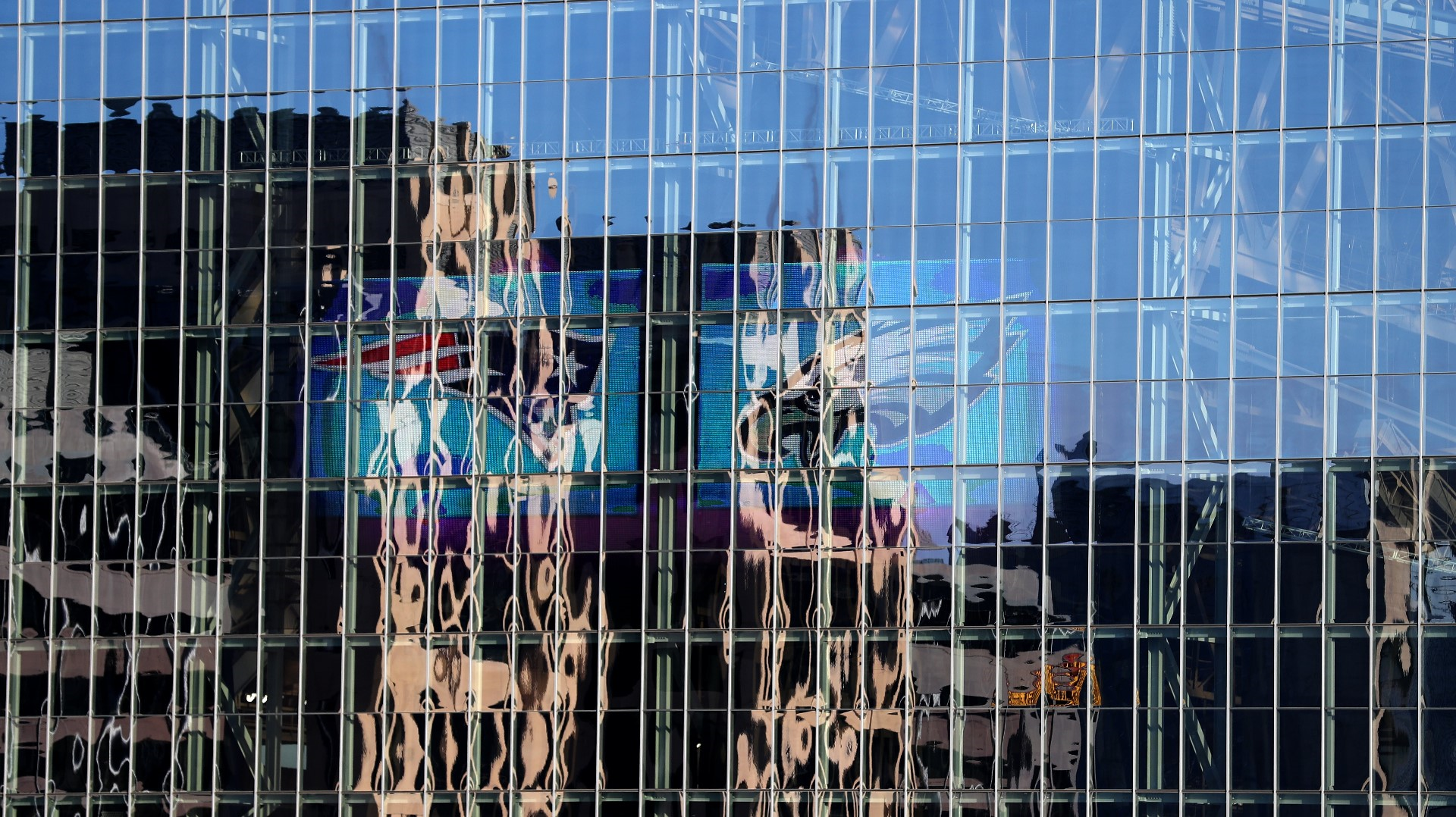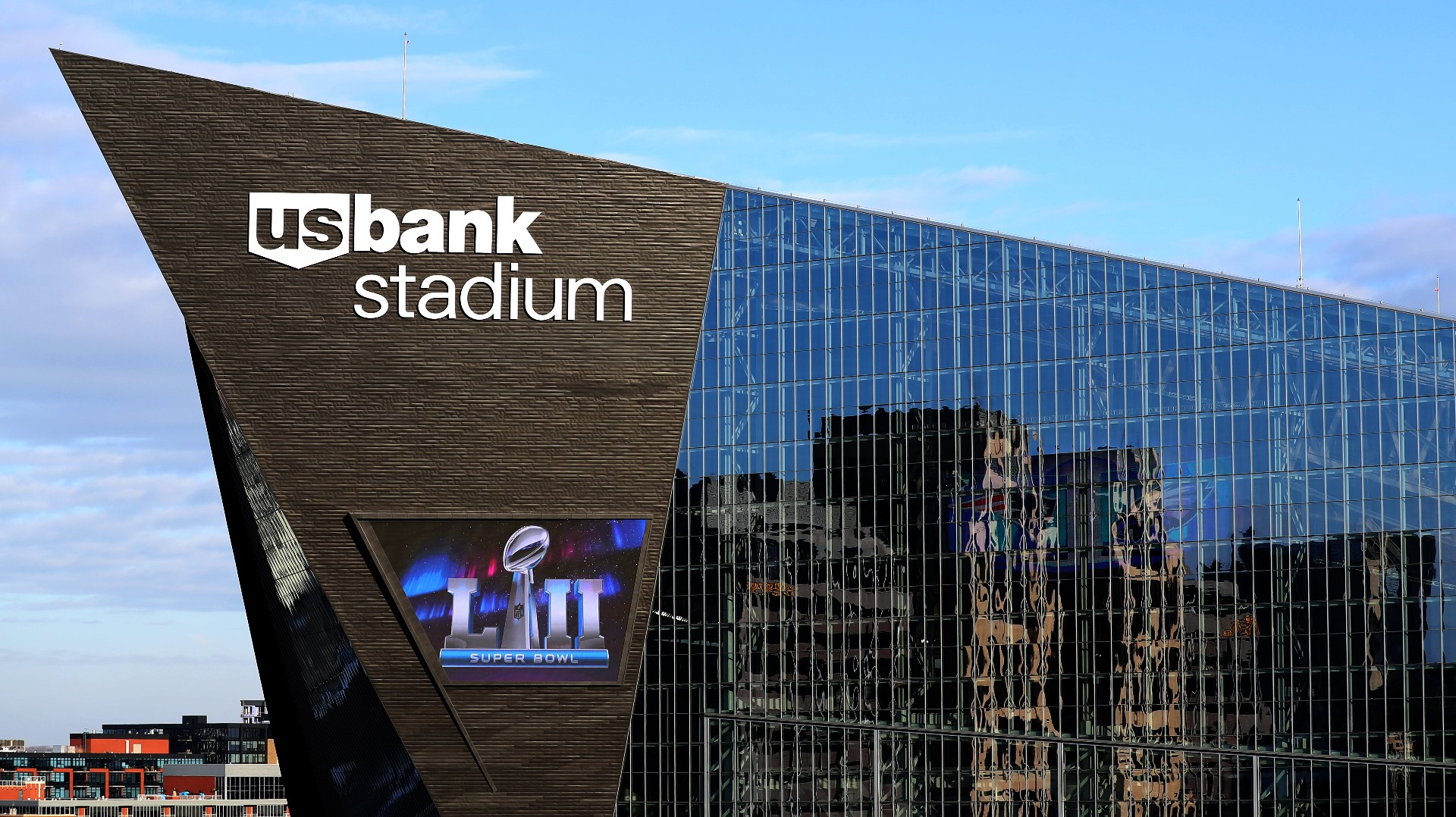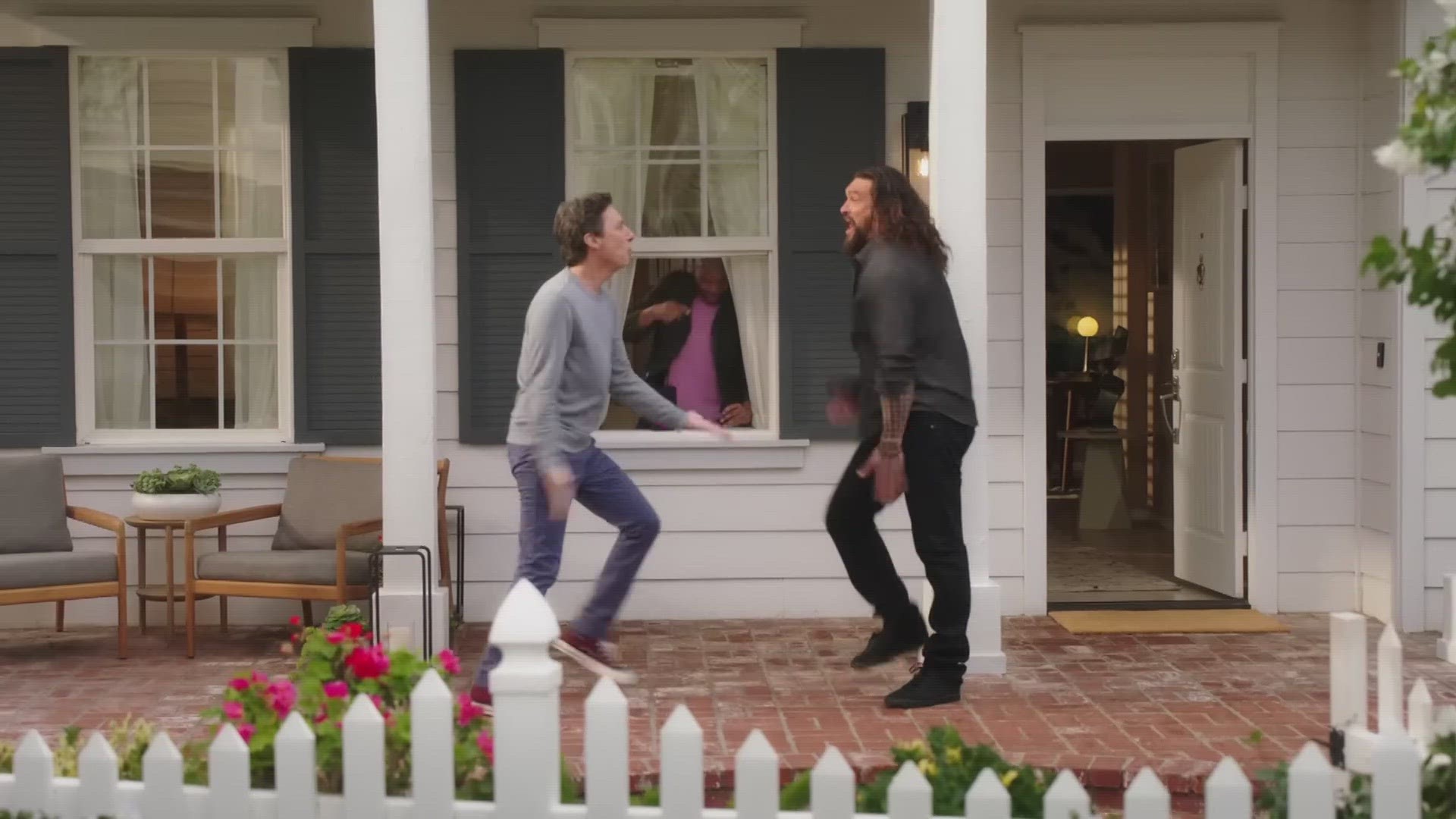The birds didn’t have to die like this, hundreds of them crashing into the reflective glass at U.S. Bank Stadium, site of this year’s Super Bowl.
The debacle could have been avoided before the New England Patriots and Philadelphia Eagles arrived here this week. Years before construction began on the $1.1 billion stadium that opened in 2016, the decision-makers were aware of the problem and a solution.
The problem: the stadium sits within a migratory bird pathway, and reflective glass that gives the stadium a spectacular look also leads to fatal collisions for birds that mistake glass for sky.
SUPER BOWL: Looking back at past Super Bowl halftime shows
The solution: bird-safe glass, slightly less transparent and about $1 million more expensive than what designers proposed for U.S. Bank Stadium, would vastly reduce the number of collisions.
The state-of-the-art stadium, deemed worthy to host Super Bowl LII, should leave Minnesota feeling proud — except for the dead white-throated sparrows, the dead ruby-throated hummingbirds and 20 other species of birds that have been found dead upon impact with the 200,000-square feet of exterior glass that creates a mirror-like facade.

“Birds are dying there and they will continue to die until something is done,’’ Jerry Bahls, past president of the Audubon Chapter of Minneapolis, told USA TODAY Sports.
The fate of innocent birds might seem unimportant in the grand scheme of things. But the NFL, like big business, is at its best when its aware of the environment rather than needlessly harming it.
The Minnesota Vikings and the Minnesota Sports Facilities Authority did not respond to request for comment. Bryan Trubey, the lead architect on U.S. Bank Stadium, said he will have no comment until the the completion of a bird fatality study being financed by the Vikings and the Minnesota Sports Facilities Authority.
A report is expected in 2019.
“That’s something that the stadium authority is investigating right now and we’ve all agreed to not be involved in further comment on all that until there’s a real thoughtful way to come out and actually discuss that,'' said Trubey, who works for HKS Architects. "And so out of respect for our partners, that’s the agreement that we’ve all come."
SUPER BOWL: How well do you know the Patriots and Eagles?
SUPER BOWL: Nipplegate: What really happened?
There's less patience among bird-lovers such as Steve Greenfield, president of Friends of Roberts Bird Sanctuary, who said he wore his Vikings jersey during a rally calling for the use of bird-safe glass.
“This is not birds against the Vikings,’’ Greenfield said. “We all like our team.’’
But for several weeks during the fall and spring, the Vikings’ stadium becomes a hazard on the Mississippi Flyway. The birds are at risk of collision while migrating from Canada to the Gulf of Mexico and Central and South America on a path that generally follows the Mississippi River.
Lisa Venables, co-founder of Minnesota Citizens for the Protection of Migratory Birds, marveled over the warbler, a one-ounce bird capable of flying 3,000 miles during fall migration.
"It's like an athlete, you know,'' Venables said, "and then it comes and crashes into this football stadium.''
Because almost $500 million in tax money was used for the $1.1 billion stadium, the stadium commission held monthly meetings during which the public could offer input. Venables said she was among many people that urged decision makers to use bird-safe glass.
Venables, along with Greenfield and Bahls, said the stadium decision-makers indicated they opted for the highly reflective glass because of aesthetics.
"We said, 'Why can't we have both? Why can't we save birds and make it pleasing in its design?' ''
It’s unlikely a single bird will die by collision with the stadium glass this week because it’s not migratory season, but the bird-lovers are squawking. Bahls, 75, showed up on Monday for a meeting with USA TODAY Sports wearing a powder blue Audubon Chapter of Minneapolis sweatshirt and carrying a copy of an eight-page report entitled “Bird Mortality at U.S. Bank Stadium During Fall Migration.’’
Between Aug. 14 and Nov. 7 in 2016, Bahls led a group of about a half-dozen volunteers that circled the stadium each day – except for a handful of days during which the stadium was inaccessible or a group member was unavailable to – and took time-stamped photos of the casualties. There were 60 dead birds, 14 “stunned" birds and evidence of a far bigger problem.
As noted in the report, Bahls and his team could not account for the birds disposed by stadium employees, birds killed in inaccessible areas of the stadium, birds removed by scavengers or the public and injured birds that flew off and died away from the stadium complex. A conservative estimate that 360 birds would be killed by U.S. Bank Stadium in a three-year period “significantly underestimates true mortality,’’ according to the report.

Make no mistake, the Vikings, the NFL and Minnesotans didn’t create this problem. In fact, almost a billion birds a year die in glass collisions in the United States, according to research, and now the Vikings, NFL and state officials have a chance to be part of the solution.
The glass considered bird safe was first developed because its energy efficient, according to Bahls and Greenfield, and the glass was used for the Dallas Cowboys' AT&T Stadium. The glass also was used as part of a renovation of the Jacob K. Javits Convention Center in New York City in 2014 and the glass has reduced bird glass collisions by as much as 90%, according to a study conducted by the New York City Audubon and Fordham University.
Greenfield imagines a Super Bowl week in which Minnesotans could have touted such forward thinking and installed it before the stadium opened in 2016.
“It would be such an extra element of local pride,’’ he said.
It’s too late to avoid the embarrassment, but not too late to fix the problem.
Bahls said he and his group continue to work with the Minnesota Sports Facilities Authority to come up with a solution, although it will now cost about $10 million to install bird-safe glass rather than the $1 million it would have cost if they used it during original construction, according to Bahls.
Some people will blame the “dumb birds.’’ But it’s the people who failed to address the problem years ago who are the real Dodo birds here.


